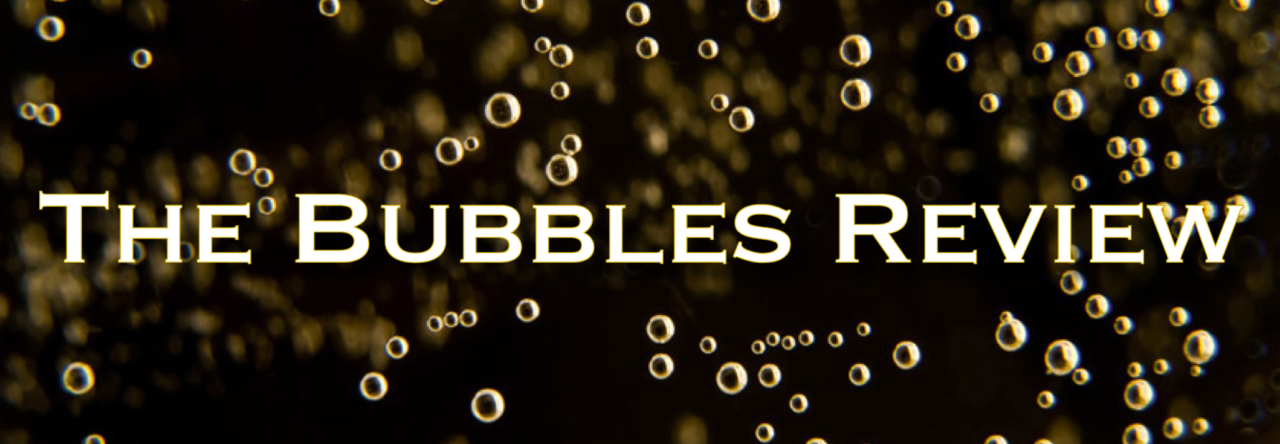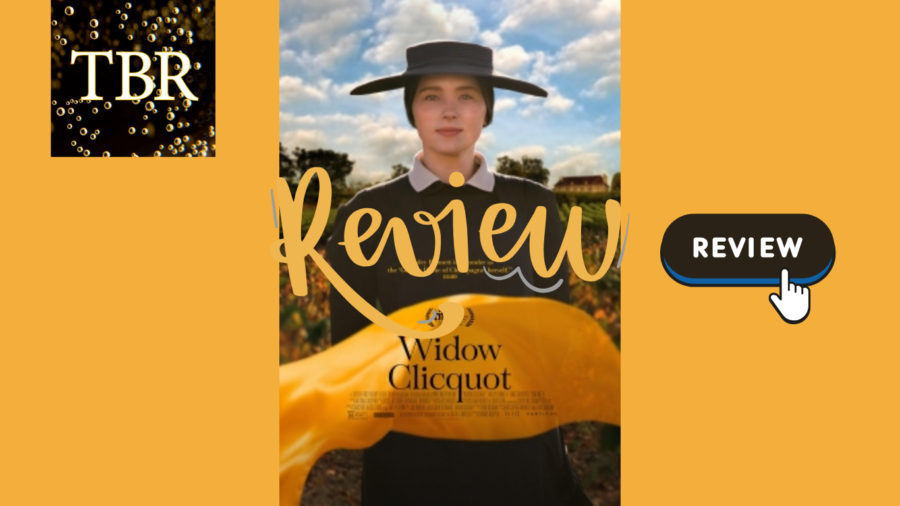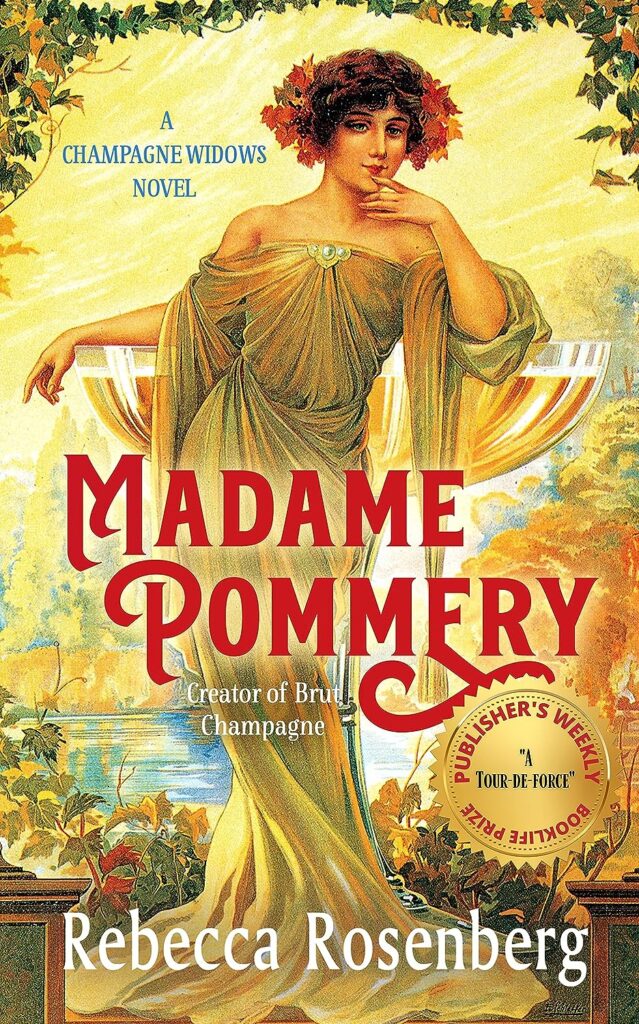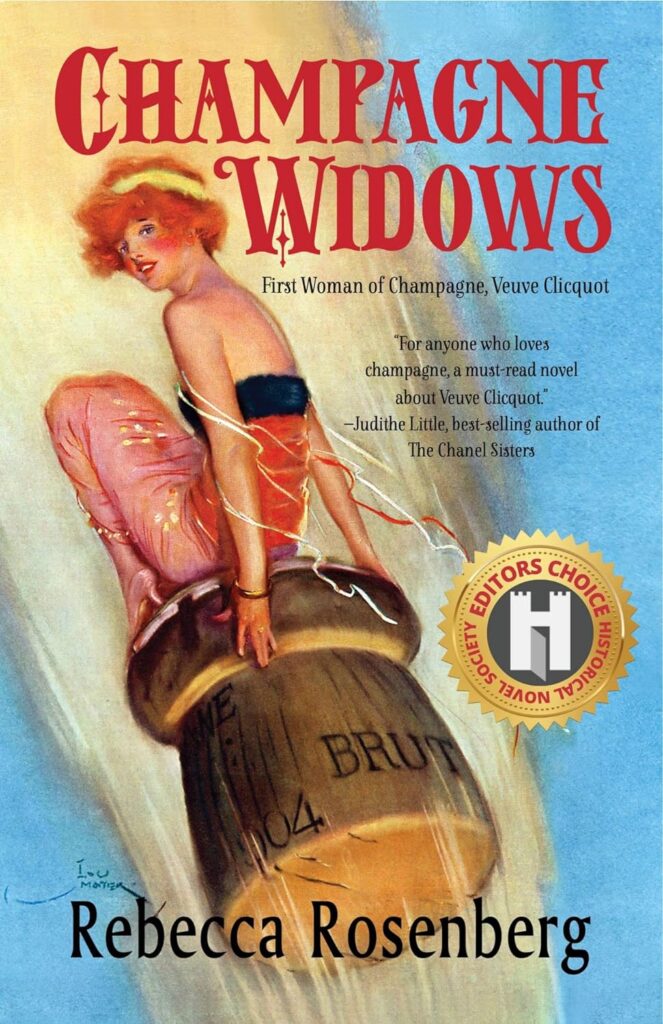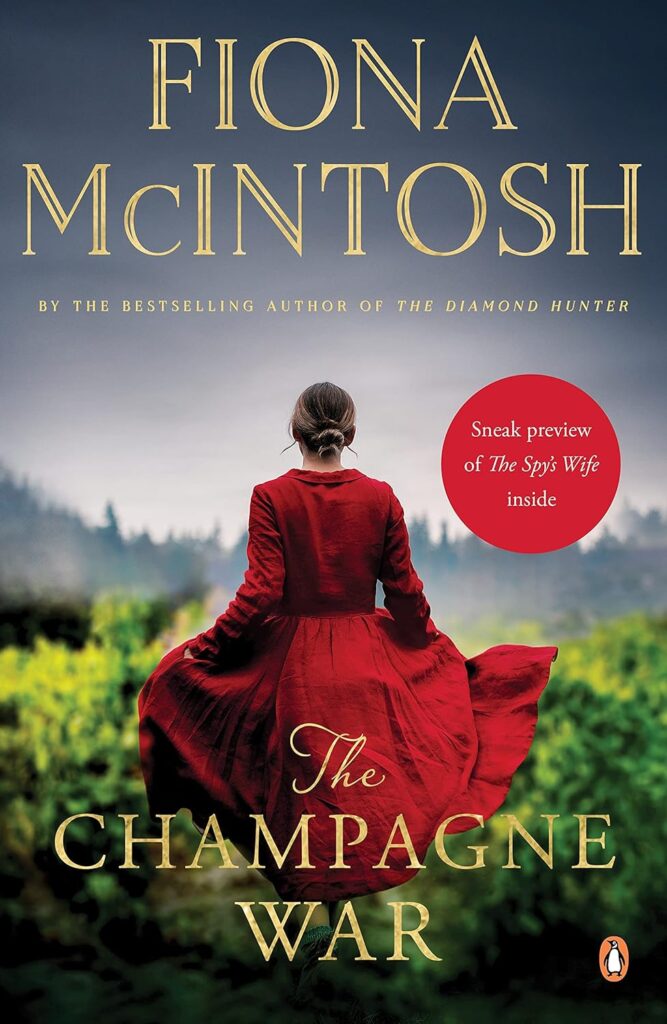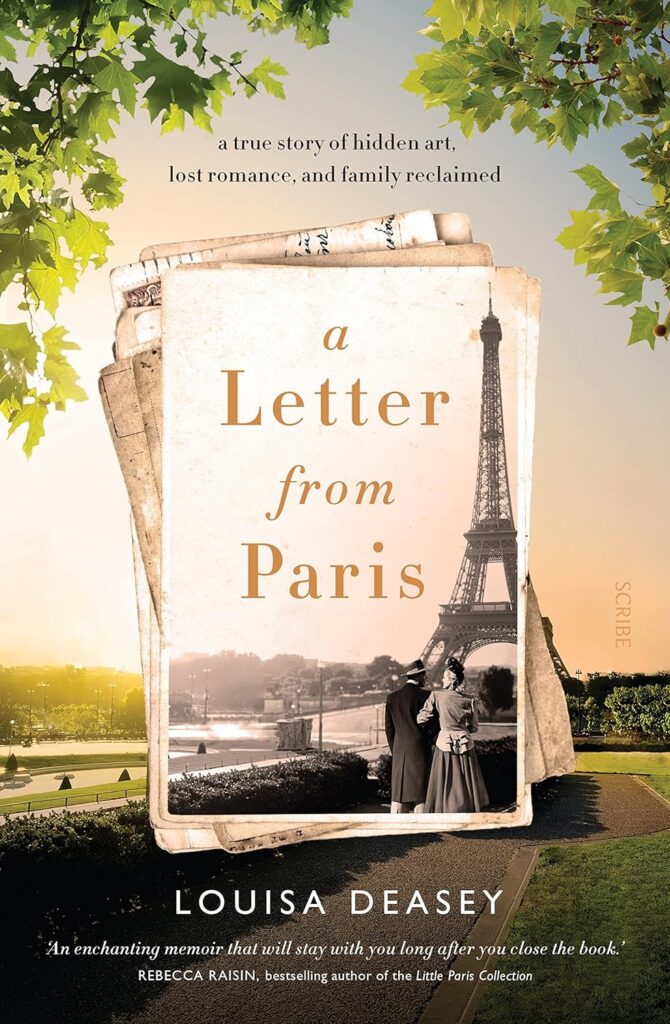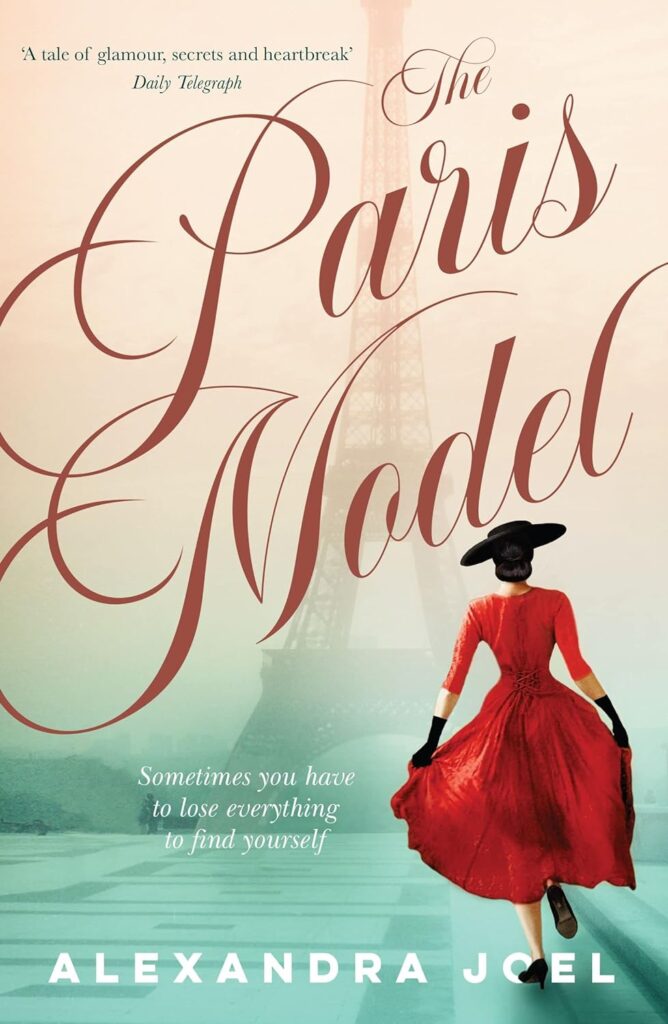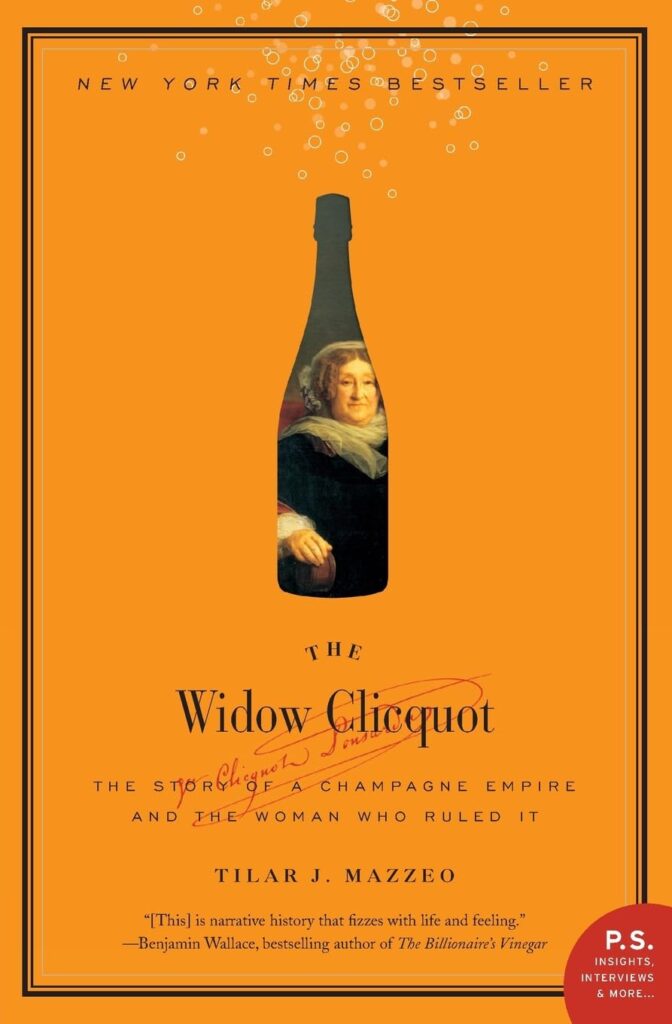Widow Clicquot (2024) film review: a romanticised retelling that strays from the historical record
I thought I was going to love it! But I didn’t, I just couldn’t.
Widow Clicquot attempts to bring the story of Barbe-Nicole Ponsardin Clicquot to life, but in doing so, it takes significant creative liberties that diverge from the historical reality documented in Tilar J. Mazzeo’s biography The Widow Clicquot, which the film says it is based on. While the film delivers a visually striking experience, it often favours romantic drama over historical accuracy, leading to several notable inconsistencies.
It’s not a French production, and nor did I find anything to indicate that the Veuve Clicquot Champagne House had any involvement with the film. It’s a joint British and American production, and I saw it in December 2024 as part of the British Film Festival before it was released nationally in Australian cinemas on 6 February 2025.
The cast deliver strong performances, and I thought Hayley Bennett was great as the young widow, but the choice to focus so much of the film on the death of her husband rather than the amazing achievements of the Grand Dame of Champagne I found a missed opportunity and actually heartbreaking for me.
The overall tone feels dark and there is no joy! We should be celebrating her achievements! This is the story of an extraordinary woman who revolutionised champagne, yet the film fails to capture the vibrancy and triumph of her achievements. Instead, it lingers on long, drawn-out scenes filled with historical inaccuracies, making it frustrating to watch for those familiar with the true story.
I kept willing it to get better, waiting for us to move on from François’s death. Of course, she would have been heartbroken and, according to Mazzeo’s biography, she did convince her father-in-law to let her lead the company and continue as to preserve François’s legacy. I’m sure François inspired her (the biography mentions he confided in her and discussed his ideas as they were both learning the Méthode Traditionnelle winemaking process). There is mention of their shared passion for the vineyards (but no mention of them singing to the vines). But let’s be clear. When she took over the business, it was a fledging wine business, transitioning from being a merchant (selling other people’s wine) to producing their own. At the time of her husband’s death, by all accounts, the business was failing. The incessant flashbacks to him, rather than focus her achievements, was such a missed opportunity to tell her amazing story and an outright frustration for me watching it.
Moving on from that, my disappointment fermented into anger (wine pun intended!), which was caused by the fact that people will watch the movie and think that what they saw was true. I’m sorry for the woman I met at a Christmas party the night after I saw the movie. She had seen it too and mentioned that she loved it. She started to tell me all of the things that she believed were part of Veuve Clicquot’s legacy. “No!” I said, “Not true!”, and the diatribe that flowed out of my mouth for about 30 minutes afterwards wasn’t light Christmas party chatter! I was upset and couldn’t stop myself.
There is a saying in the movie industry “Never let the truth get in the way of a good story!”, and that can definitely be applied here.
There is so much misinformation, I’ve made a short list!
Key differences between the film and the biography
1. François Clicquot’s characterisation
The film suggests François Clicquot was struggling with bisexuality, drug use, and even violent tendencies, which is not supported by historical evidence or Mazzeo’s book. The biography portrays François as an ambitious but troubled businessman dealing with the pressures of his family’s enterprise. The book does mention mood swings, melancholy, and depression, but there is no mention of substance abuse, conflict relating to his sexual orientation, or violent behaviour.
2. Romanticising Louis Bohne
Mazzeo describes Louis Bohne as a “… short and portly travelling salesman … with red hair, a ruddy complexion and the rare talent of closing a deal”. The book mentions a shared excitement in the future of the business between him and the Clicquots. However, one of the most significant departures from the book, is that the film implies a romantic connection between François and Louis Bohne, portraying both characters as possibly bisexual. Not only is there a suggested affair between Louis Bohne and François, after François’s death it suggests an affair with Louis Bohne and Barbe-Nicole –which only serves to discredit all of them! Bohne was indeed an important figure and instrumental in the ultimate success of the business, but Mazzeo does not mention any romantic involvement. This aspect seems to have been invented to add dramatic tension and romance to the film. Mazzeo does mention the Widow Clicquot was rumoured to have affairs later in her life, but not immediately following her husband’s death, and not with Bohne.
3. The Clicquot family’s wealth
I know she was a widow, hence the dark clothing, but the whole set (including their houses), are depicted as dark, grey and austere. Historically, both the Clicquot and Ponsardin (Barbe-Nicole’s maiden name) families were wealthy, with Barbe-Nicole’s father being a prosperous textile manufacturer and politician. Their marriage was borne of a business deal, as was often the case at the time. Marriage was less about love, and this was a strategic alliance between two of the great merchants of the region. The film, however, presents them as financially struggling from the outset, which misrepresents the privilege and resources Barbe-Nicole had access to when she took over the champagne business. The book does mention, however, that at one point she sold jewellery to fund business outgoings, perhaps not wanting to reveal any hint of financial turmoil to her benefactors, and demonstrating her determination to keep the company afloat during challenging times.
4. The portrayal of Antoine de Müller
The movie suggests that Clicquot’s cellar master, Müller, opposed her, whereas Mazzeo portrays him as one of her greatest allies. In reality, Müller played a key role in the innovation of the riddling process, which revolutionised champagne production. The film’s decision to turn him into an adversary appears to be another attempt at injecting unnecessary conflict and drama.
5. Land grab by Jean-Rémy Moët
In Mazzeo’s biography, while there is mention of the fierce rivalry between the Widow Clicquot and Jean-Rémy Moët, this came later and was about competing on production and sales. There is mention of the Moët’s purchasing some Clicquot wines early in the business, but there is no mention of him attempting to take over the Clicquot vineyards. While both were prominent figures in the Champagne industry during the same period, the book does not suggest any direct attempts by Moët to seize Madame Clicquot’s vineyards.
6. Clémentine Clicquot’s education
The movie acknowledges that Barbe-Nicole’s daughter, Clémentine, was sent to a convent school, but it insinuates that this was due to fears for her safety from François’s mood swings. Mazzeo speculates on the reason behind this decision – that she probably went to convent school after her father’s death and due to Barbe-Nicole’s need to focus on the business, as well as the fact that convent schooling was common for girls from wealthy families at the time. Barbe-Nicole herself had attended convent school, and this was not necessarily indicative of family struggles or mistreatment.
7. The symbolism of the Comet and Anchor
While the film highlights the 1811 ‘Comet Vintage’, and an image of the young widow branding the cork with an image of the comet, the Comet Vintage may have saved the business cashflow at the time, but there were many Comet Vintages in the Champagne region that year. The Widow Clicquot was indeed one of the first to label and brand her wines. Perhaps she did brand with the symbol of a comet that year, but there is no mention of the anchor symbol, which was actually adopted by the Clicquot family as an identifier before labels became common. You’ll see the anchor on a Veuve Clicquot cork today, while you’ll find the comet on the corks of other champagne brands.
8. The maid’s unusual informality
In the movie, Barbe-Nicole’s maid refers to her simply as ‘Barbe’, which would have been highly unusual in 19th Century France. Servants in that era would have addressed her as ‘Madame’ or, perhaps if there was a closer relationship, by her full first name ‘Barbe-Nicole’, reflecting the strict social structures and protocols of the time. There is no mention in the book of the maid having an unusually close or informal relationship with her employer.
9. The ‘Annoying Fly’
I thought the fly needed a mention in the credits! Several viewers have noticed a recurring sound of a fly in multiple scenes of the movie, though no professional reviews have mentioned it. While its presence might be symbolic or used as a device to show denigration during the drug taking scenes, it stands out as a peculiar and distracting cinematic choice. I was ready to grab a fly swatter!
10. The court case that never happened
The film portrays Barbe-Nicole facing legal challenges for allegedly violating the ‘Napoleonic Code’, suggesting she was taken to court over her right to run the business. However, there is no historical record of such a court case. While the Napoleonic Code did impose restrictions on women’s legal rights, widows were granted exceptions, allowing them to manage their deceased husbands’ enterprises. Barbe-Nicole successfully navigated these legal limitations without any documented court battles.
11. François’s death from typhoid or suicide!
No spoiler alert, as she was the Widow Clicquot! The film chooses to portray François Clicquot’s death as a suicide, a dramatic decision that adds to the film’s sombre tone. There is a long, drawn-out scene depicting this. Historically, however, François’s official cause of death was typhoid fever, and Mazzeo’s biography only mentions suicide as an unsubstantiated rumour rather than a confirmed fact. While speculation existed at the time, and there were rumours due to François’s mental health and business pressures, no definitive historical evidence exists to support the idea that François took his own life. By presenting this as fact, the film leans into a more tragic and melodramatic interpretation of events rather than adhering to the available historical record.
Final thoughts
I could go on. I do have a few more points, but I’ll stop here! I’m not saying, “Don’t see the movie!”, but see it as fiction, not fact, and see how many of the ‘dramatic adaptations’ of the facts can you pick out.
The film does succeed in creating a visually immersive experience, capturing the beauty of the Champagne region and the essence of Barbe-Nicole’s perseverance. I just wanted more of her story.
I get that it is a dramatisation, but it was the number of sacrifices of historical accuracy for dramatic effect, turning real-life figures into exaggerated characters, and adding romantic subplots that lack historical basis. And why? There’s so much of her real life that was a great deal more interesting. While entertaining, it misses the mark as a faithful retelling of Veuve Clicquot’s legacy. At 89 minutes, the film focuses on her when she is still in her twenties, yet she went on to live to be 88, and created a champagne empire. This part of her life is relegated to a sentence on screen before the credits roll.
For a deeper appreciation of the Widow Clicquot’s remarkable achievements and her true legacy in the champagne industry, I do mention some of these in our blog – Cheers to the Widow Clicquot!
It’s a summarised article offering insight in to her innovations and lasting impact. Her pioneering spirit and business acumen cemented Veuve Clicquot as one of the world’s leading champagne houses, a legacy that continues to thrive today.
I wrote a blog about my excitement when the movie was being released, and shared that I had tried to get the film rights to the story years ago. You can see it here: The Widow Clicquot Film – The Bubbles Review
For those who want a more detailed account and (more accurate than the movie) of Barbe-Nicole Clicquot’s life, Mazzeo’s biography remains the definitive source.
And there’s also the other fictional version about the Champagne Widows created by Rebecca Rosenberg.
You can find links to both of these books in our Bubbly Summer Reading blog here. Bubbly Summer Reading – The Bubbles Review
You may also like these other blogs:
Here’s cheers to the fabulous women of Champagne! – The Bubbles Review
Why that is not a glass of Champagne that you are drinking! – The Bubbles Review
Do you know the way to make rose
Come quickly. I am drinking the stars! – The Bubbles Review

Natalie Pickett is the Founder of The Bubbles Review which is for people who like champagne and other bubbles, written by people who have a love of all things sparkling! At The Bubbles Review, we like to debunk some myths, make the art of drinking champagne accessible, explore bubbly regions and champagne bars, and provide events for you to join us and indulge.
Like to keep following us, get first look at events, receive bubbly information and be in our giveaway draws and have a chance to win a bubbly prize? You can join our list, it’s FREE to join here.
